“The task of the modern educator is not to cut down jungles, but to irrigate deserts.”
C. S. Lewis
“Why?” I asked the student sitting across from me in the small consultation (exam) room of our busy outpatient department.
He blinked, which was the only indication that he was still mentally present in our conversation. I assumed he was searching through his brain catalog of medical information to find the answer I wanted.
After a healthy silence I asked, “Why do you want a chest X-ray? How will it change your management?”
The silence was so long my skin started to itch, but after years of working here, I have learned Malawians are the masters of silence. So I waited for his response and then waited some more.
After a minute of pin-drop quiet, my impatient American nature took over. I smiled at him, though he could not see it through my N95 mask. Hopefully, it showed in my eyes or at the least the crows feet near my eyes.
“You’re right. The patient needs a chest X-ray, now tell me why?”
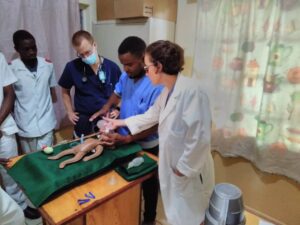
Teaching critical thinking is hard…really hard.
The patient coughed, and I instinctively pulled back and sat straighter in my seat even though I sat across the room. His mask caught most of it, but the wet sound of a harsh cough that made me cautious in the past, now creates a visceral reflex inside me.
“To look for pneumonia,” the student answered, the words stifled by his own mask.
I nodded reassuringly, “And?”
More silence and blinking.
“Tell me about his physical exam again,” I said. He walked me though the core components of the patient’s physical exam. As he spoke, I moved to the patient’s side and confirmed the student’s findings.
The student said he was in his 60s, but he looked much older. His dark skin was cracked and peeling, the lines of his face evidence of decades of hard work in the fields to feed his family and send his children to school. His clothes were clean, but thread bare and the patches on the knee of his trousers were repaired with skill.
I pulled down on his lower eye lids to find healthy pink conjunctiva (fleshy underside of the eye lids) below dark brown eyes not completely comfortable with me. He pulled down his mask enough for me to see quick, hard breathes through his nose. His veins beat hard against the skin of his neck as his heart strained with each beat.
My cool stethoscope sent visible goose bumps along the skin of his broad, though frail back. Each rib and bone of his spine stood out through his skin and I momentarily hesitated to touch him, fearing he might break.
His lungs sounded worse than I had expected. Crackles everywhere, like rolling closed a bag of cereal, as air fought against fluid for space inside his lungs.
The clean crisp “lub-dub” I wanted to hear from his heart was a muffled “thush-puuh.”
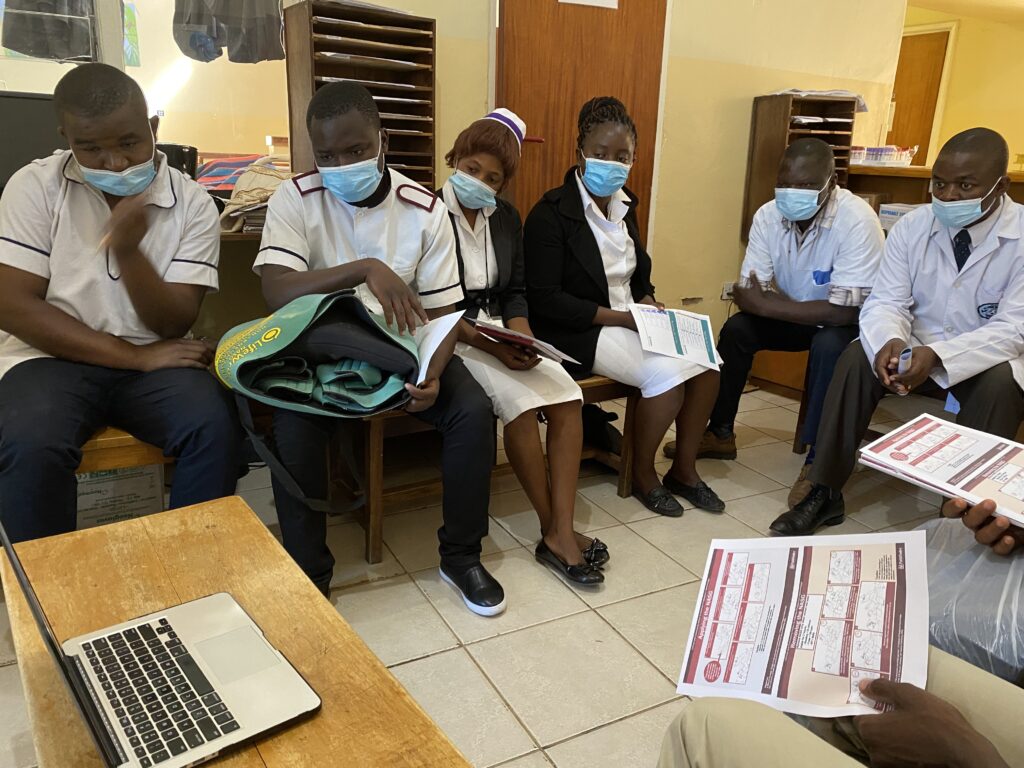
His eyes widened when I picked up his dark hands in mine. Each fingertip had rounded into a ball and the thick rough skin of his palms rubbed against my own soft pale ones. I squeezed them gently before placing them back in his lap.
If only my mask did not hide my smile of reassurance.
I pulled aside the bottom of my long white coat like the worlds ugliest evening gown and squatted down before him. One push on the exposed portion of his lower shin left a deep and lasting impression in his skin.
While still squatting before him, I placed a hand on his shoulder and waited till he looked at my face. “Zikomo, abambo.”
Thank you sir (literal “father,” but used as a sign of respect).
I moved back to my seat and looked again at my student. “What else will a chest X-ray tell you about this patient?”
The answer screamed at me from my own exam, but teaching critical thinking to future medical doctors is about building a path for them to move solo across a fast moving river.
So stone by stone I laid out the way, presenting his symptoms as they correlated to pneumonia, but arguing how those symptoms could also represent another other likely illness, such as heart failure.
The student was able to tell me how each of the two illnesses show up on a chest X-ray.
So, I asked again, “Why do you want a chest X-ray?”
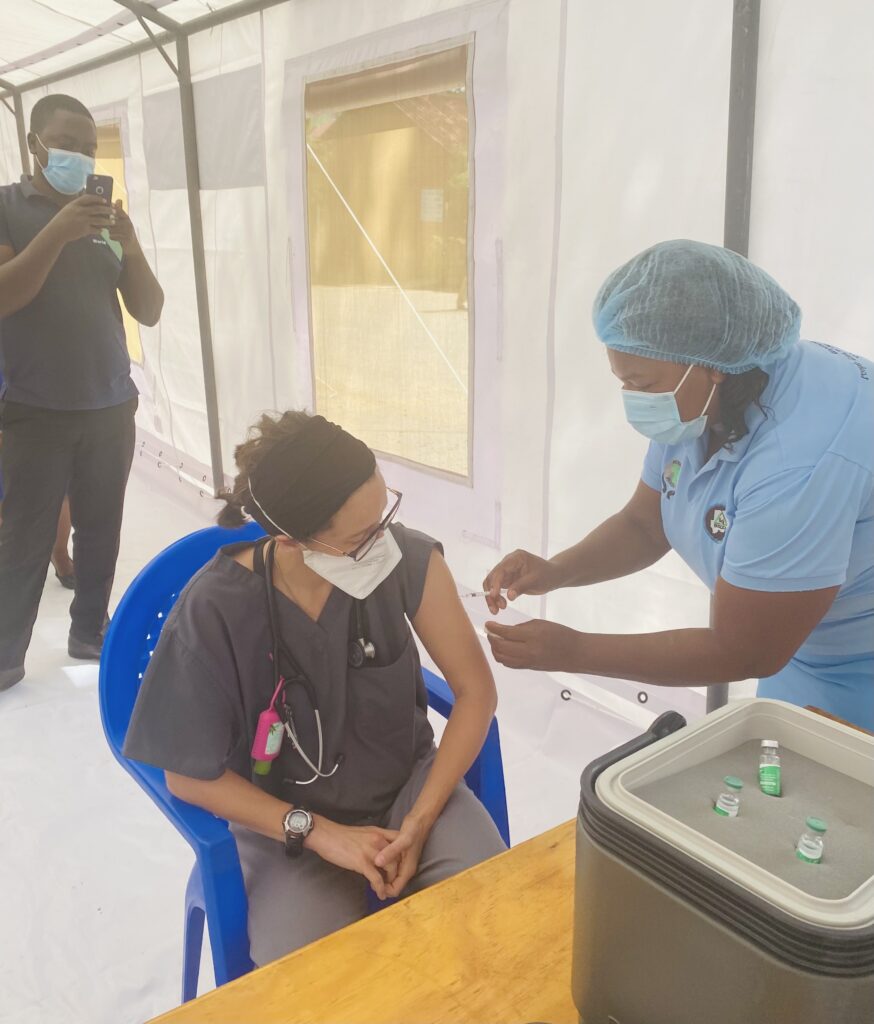
His eyes widened and he nodded his head silently, then he sat up in his chair and actually squared his shoulders. The confidence in his answer projected his voice above his mask’s ability to muffle it.
“To look for a consolidation indicating pneumonia, or signs of heart failure, like cardiomegaly or pleural effusion.”
“Exactly!” I said.
It makes my doctor-teacher-heart fill up with joy when I see the light bulb come-on in a learner’s eyes.
I provided a path for him to problem solve the complicated puzzle before him. I took the time to confirm his exam skills and knowledge of X-rays in both diseases. But most importantly of all, I forced him to connect the information using a pattern he can use over and over again.
We created a plan for our patient’s care, but the hardest part remained: explaining to the patient how sick he was without stripping him of his hope.
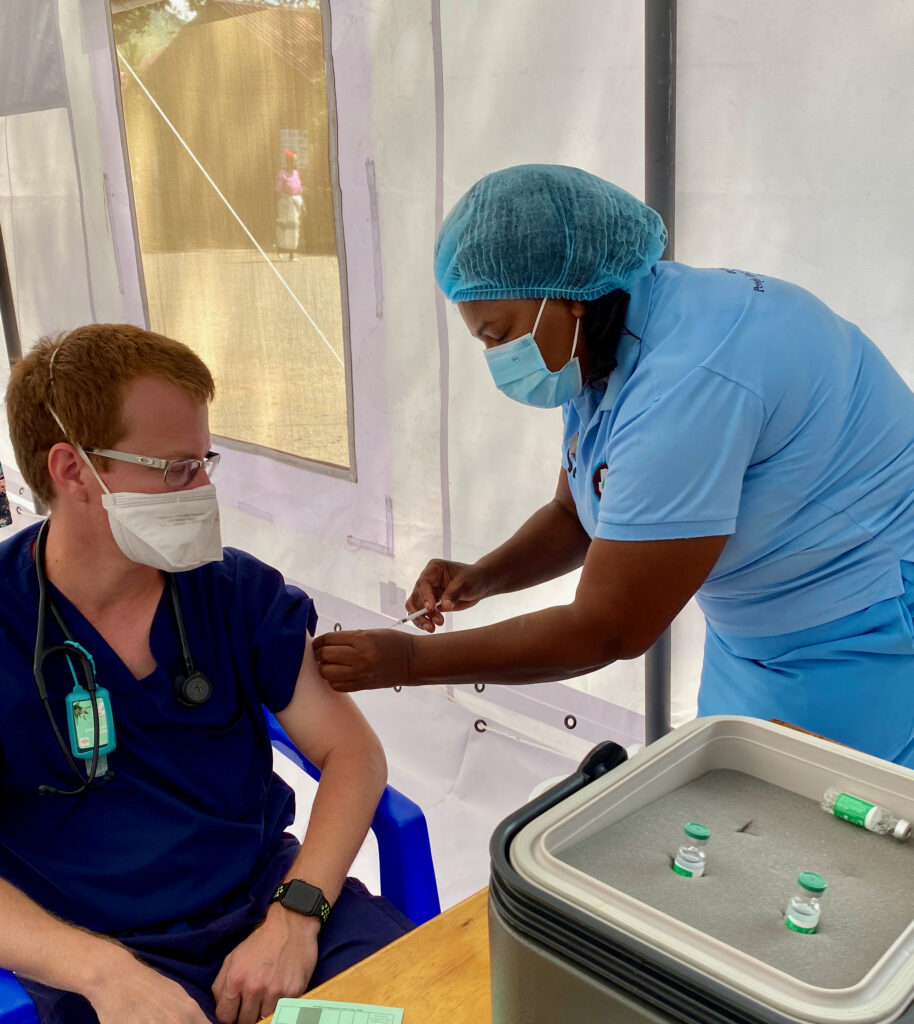
As we explained the likely diagnosis, you could see the worry lay over him and his son like a cloak. In general, people with “sick” hearts do not live very long here, but we had time and resources to help him.
We have been called to help our learners see each patient as one of God’s children. Each soul we care for has been created by God with intention and purpose. Each patient is another opportunity to model compassion and empathy.
Teaching clinical medicine, critical thinking, and modeling compassion and hope to our learners…this how we pour out ourselves to irrigate the desert we have been called to by God. This is our passion. It’s a freedom that is encouraged within our Christian mission hospital, and we cherish it.
Christ was constantly teaching everyone, everywhere he went. He taught through stories but mostly through example. He LIVED his teachings, modeled the way he wants us to be, and how he wants our hearts to pray, love, and serve others.
Again Jesus began to teach by the lake. The crowd that gathered around him was so large that he got into a boat and sat in it out on the lake, while all the people were along the shore at the water’s edge. He taught them many things by parables, and in his teaching said: “Listen! A farmer went out to sow his seed…
Mark 4: 1-3 (NIV)
We are grateful to be able to serve in Nkhoma, Malawi, and we are so thankful for everyone and their continued prayers, encouragement, and financial support for our ministry. Without this support, we would not be able to serve this community and train the future clinicians of Malawi. We need to raise an additional $15,000 over the next month for additional ministry expenses including ministry travel and supplies such as a computer and a portable handheld ultrasound machine for use in the hospital wards. Ultrasound is vital in our clinical setting as a CT scan is not possible in Nkhoma and often not available in Lilongwe. Having a compact, mobile ultrasound that can be used for kids, adults and, pregnant women is an amazing tool which can help both of us learn more about our patients and the treatments they need.
Please consider partnering with us, either for the first time, or once again in our ministry in Malawi. Without the help of others and the grace of God we could not be here, but praise God we are.
Go to: https://secure.acceptiva.com/?cst=e6d4d8 to donate online today.
To donate by mail go to: https://thedrsbrockington.org/partner-with-us/ for more information on donating by check and doubling your donation through employer matching programs.

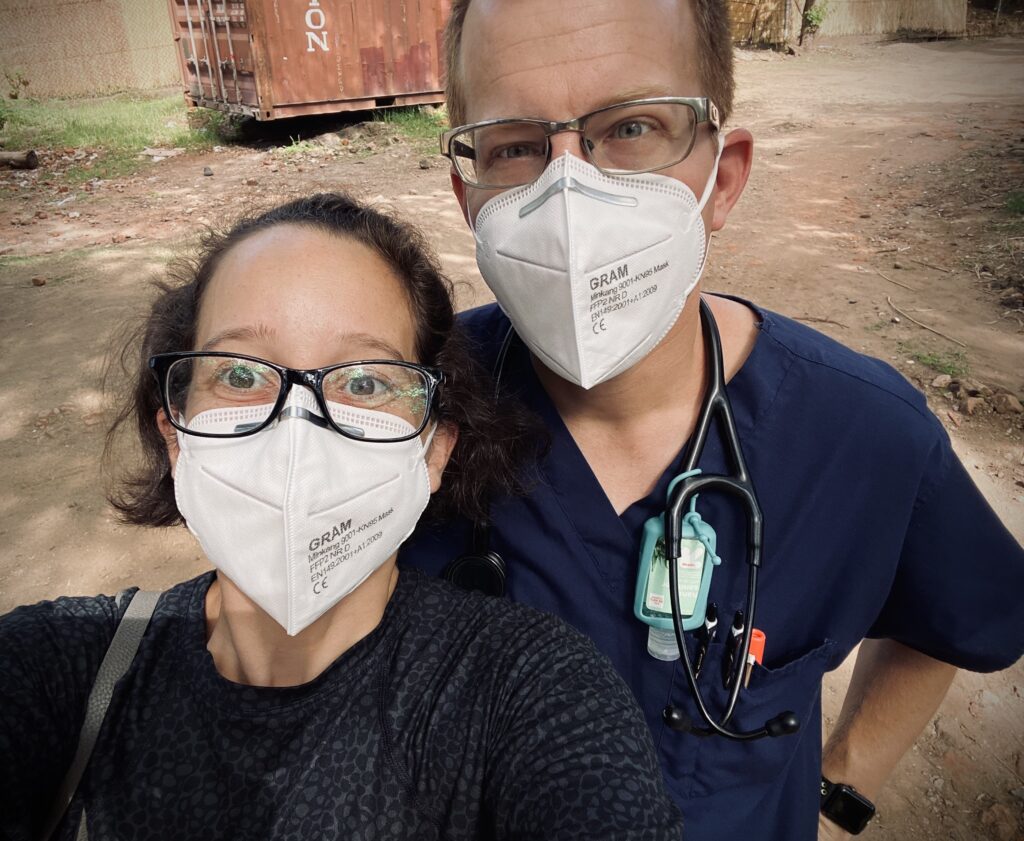
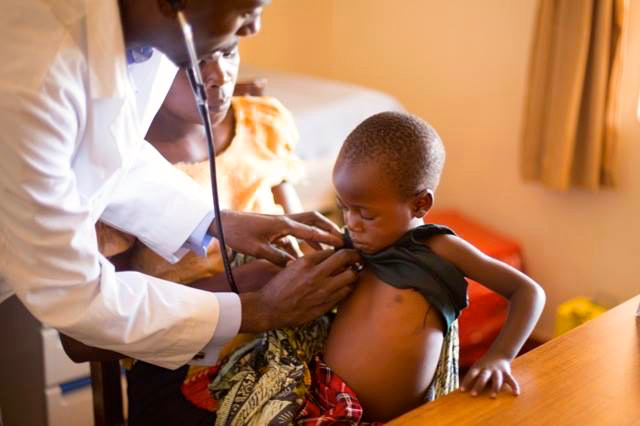
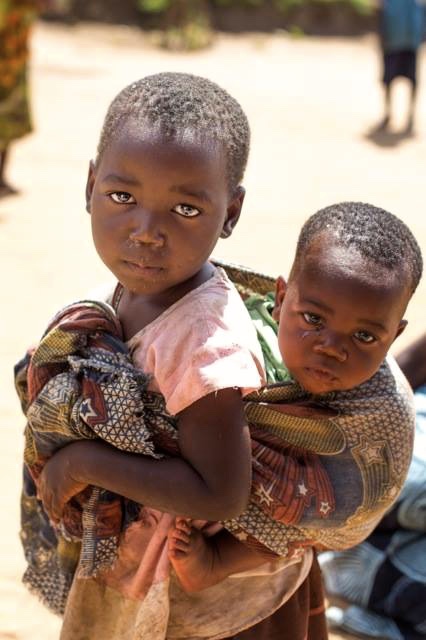
What a great story! I love your description of patiently teaching the Malawi doctors of the near future.
Nice blog post. I can feel your emotion and glad spirit teaching medicine to theses guys. Greetings from Brazil.